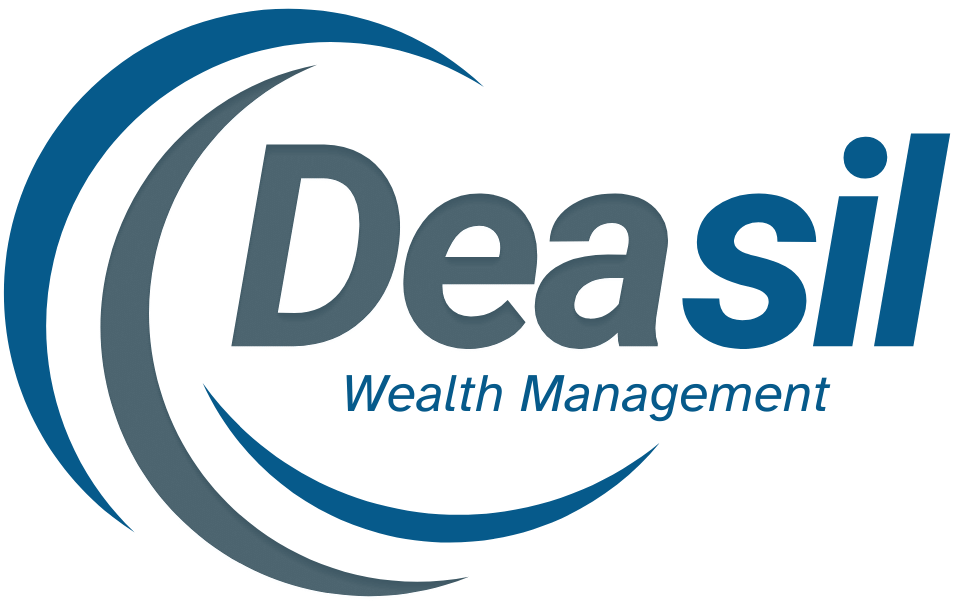Employee Stock Purchase Plans (ESPP)
Maximize Your Earnings: ESPP - A Smart Way to Own a Piece of Your Company.

Employee Stock Purchase Plans (ESPP)
History of Stock Plans in the US
A San Francisco lawyer and economist, Louis O. Kelso, created his employee stock ownership plan (ESOP) in 1956 as a way to transition ownership of Peninsula Newspapers, Inc. from its two founders (both then in their 80s) to their chosen successors, the managers, and employees. This is one of the first ESOPs that leverage the U.S. tax system.
In the 1970s, the U.S. government introduced tax incentives to encourage companies to establish ESPPs. These tax incentives made it more attractive for both employers and employees to participate in these plans. Today, we are seeing close to 200 ESOPs created per year.
Qualified vs. Non-Qualified Plans
There are two categories of ESPPs, including qualified and non-qualified plans. Qualified plans need the approval of the shareholders in the company before implementation. And all the participants need to have equal rights in the plan. Along with this, the offering period of the ESPP can’t be more than a 3-year period. There are also some restrictions on the maximum price discount allowable.
On the other hand, non-qualified plans are not subjected to many of the restrictions of qualified ESPP plans. Even though this might seem like a better plan, non-qualified plans don’t have the tax advantages of the after-tax deductions that qualified plans have.
Eligibility
ESPPs don’t permit shareholders who already own more than 5% of the company stock to participate in the plan. In addition, other restrictions are usually in place to disallow employees who haven’t been employed by the company for a specified duration, usually less than one year. Every other employee usually has the choice but is not obligated to participate in the plan.
How it Works
Companies with Employee Stock Purchase Plans (ESPP) let you buy your employer’s stock at a discount. These plans are often offered as an employment incentive, allowing you to share in the growth potential of your company’s stock (and by implication, work hard to keep the stock price going higher).
Usually, you make contributions to a stock purchase fund for a certain period of time through payroll deductions. At designated points in the year, your employer then uses the accumulated money in the fund to purchase stock for you.
Your ESPP will have the option of the price of the stock on the purchase date or the offering date, whichever is lower. And in most cases, you will be able to enjoy a 15% discount on either price. No matter the selected price, you get to buy the stock at a price lower than the market price.
The company keeps the stock in your name until you decide to sell it. At that point, you have to begin thinking about taxes. Please consult your tax accountant before purchasing and selling stock options on your own.
Benefits of ESPP
Potential Huge gains: Employees can easily enjoy huge gains with this program. For instance, let us assume that the stock of the company costs $30 now when the price is set for the ESPP plan. For the next six months, the employees save money to buy the shares when they are allowed to purchase them. But at this time, the stock price reaches $60. Of course, you will still pay $30 for the stock. And if you sell the stock instantly, you will end up doubling the amount that you earned from the saving period. This means that the employee will gain a lot out of the ESPP program which is why it is considered as a “guaranteed bonus”.
Creates an alignment of interests with employer: A lot of employees do not focus on the mission of the company. All they care about is that their job is done well, and they earn a paycheck at the end of the month. By offering an ESPP, the company can shift the vision of the employee towards the company’s long-term future. So, the ESPP changes the perspective of the employee and aligns their interests with the company’s mission.
Look Back Provision: Furthermore, many plans also have a “look back” provision that allows the plan to use the closing company share price of either the offering date or the purchase date, whichever is lower. This can have an enormous impact on the amount of gain that participants realize. Employers can set their own policies about allowing employees to withdraw their funds from the plan between purchase dates or change their contribution levels.
Risks of an ESPP
No guarantee that you will come out ahead: A lot of the ESPP programs offer a discount on the purchase price of the stock or stock options price for the employee. But the stock could still go down after the purchase is made at a discount.
Holding period: If your company’s ESPP has a holding period before the employee can sell the stock that they purchase, it can turn out to be negative. This is because the total gains that they could get would be limited.
Tax implications to consider: If you sell off your ESPP stock purchase instantly after you get it for a profit, they will need to pay the standard income tax on the discount that was offered. After this, you would also have to pay the short-term capital gains on the profits they get from the sale.
More than Just Retirement
Compared to other employee-related benefits like retirement plans, ESPP allows you to use the money you have saved and earned as soon as your purchases have been completed. This means saving for retirement isn’t the only way to use the funds in your ESPP. A recent Fidelity survey found that workers are cashing out their shares for more immediate needs, including:
- Paying down debt (34%)
- Buying or renovating a home (17%)
- Building an emergency fund (11%)
- Reinvesting ESPP proceeds into a different retirement savings vehicle (19%)
The liquidity of ESPP funds means the sky’s the limit when it. comes to how you use them, and using your earnings may be the wiser choice in the long run. For example, selling $10,000 in stock to remodel your kitchen might be more practical than taking out a personal loan with a 7% interest rate attached.
Things to Consider
It’s hard to argue against the price discounts and potential for lower taxes on gains, but even employee stock purchases should be made with a plan in mind. Ask yourself a few questions to clarify your objectives:
- Would I buy this stock without an ESPP?
- How much should I contribute?
- Am I adequately diversified?
- What’s my endgame?
If you would like to learn more about how a financial planner can help you use your employer’s ESPP, please click the link below and schedule a 15-minute consultation.
Don't miss our next article
Helping subscribers understand complex financial concepts, investment strategies, retirement planning, and more.

Add Your Heading Text Here

At Deasil Wealth Management, we serve as your personal guide to financial success. From one-on-one guidance to inspiring talks, our mission is to help communities thrive by building wealth.
Quick Links
Get In Touch
© All Rights Reserved.


